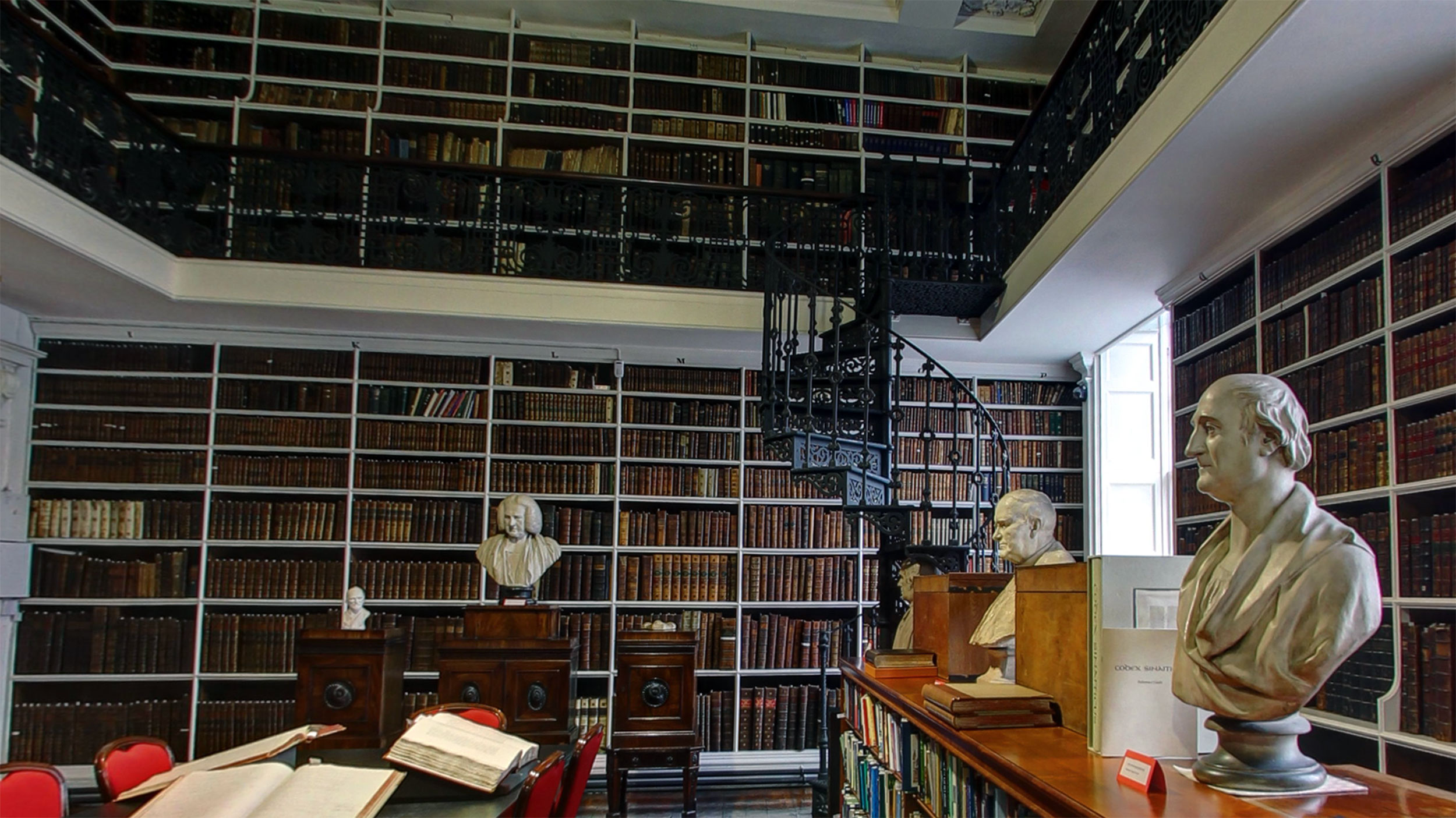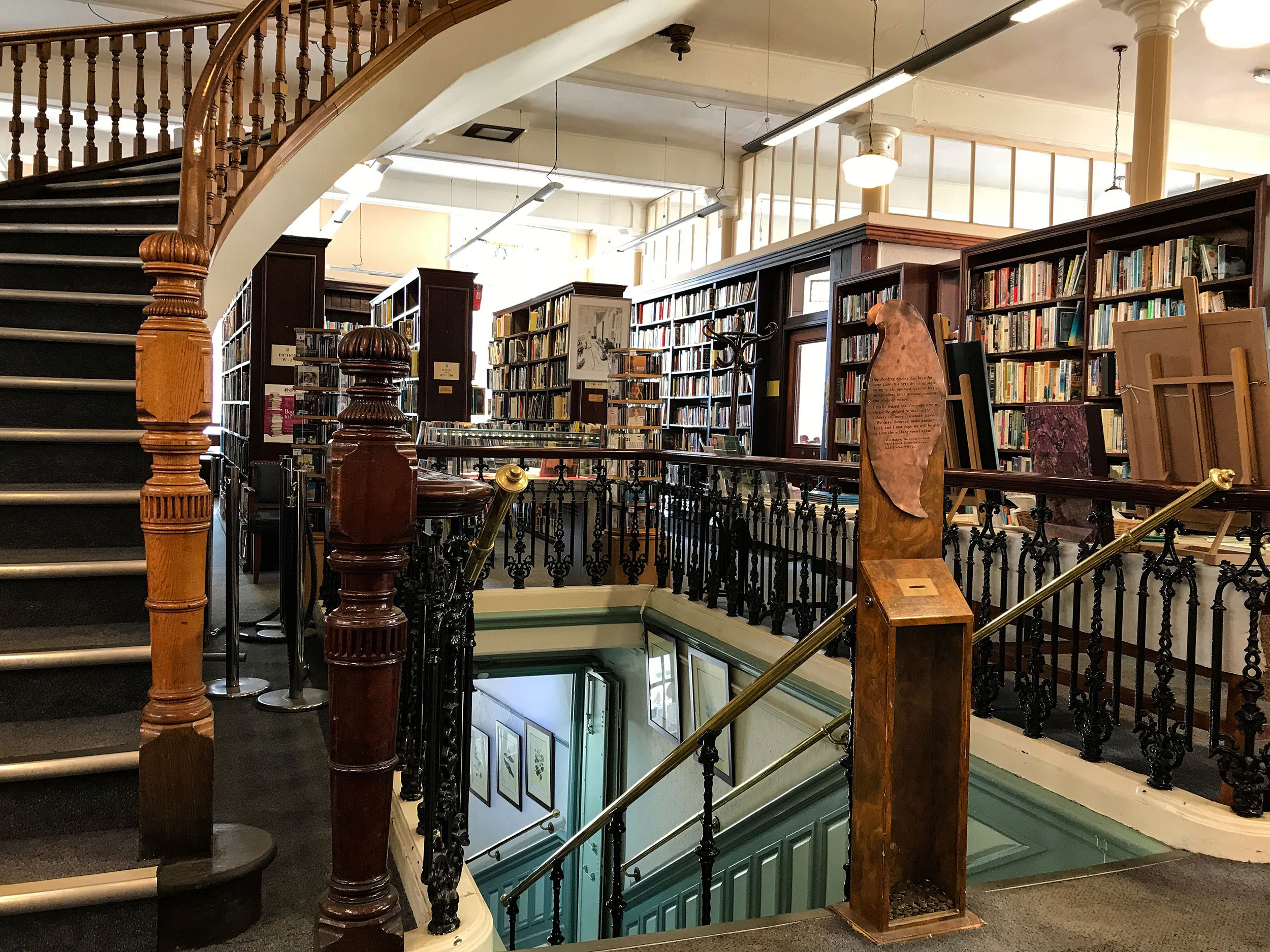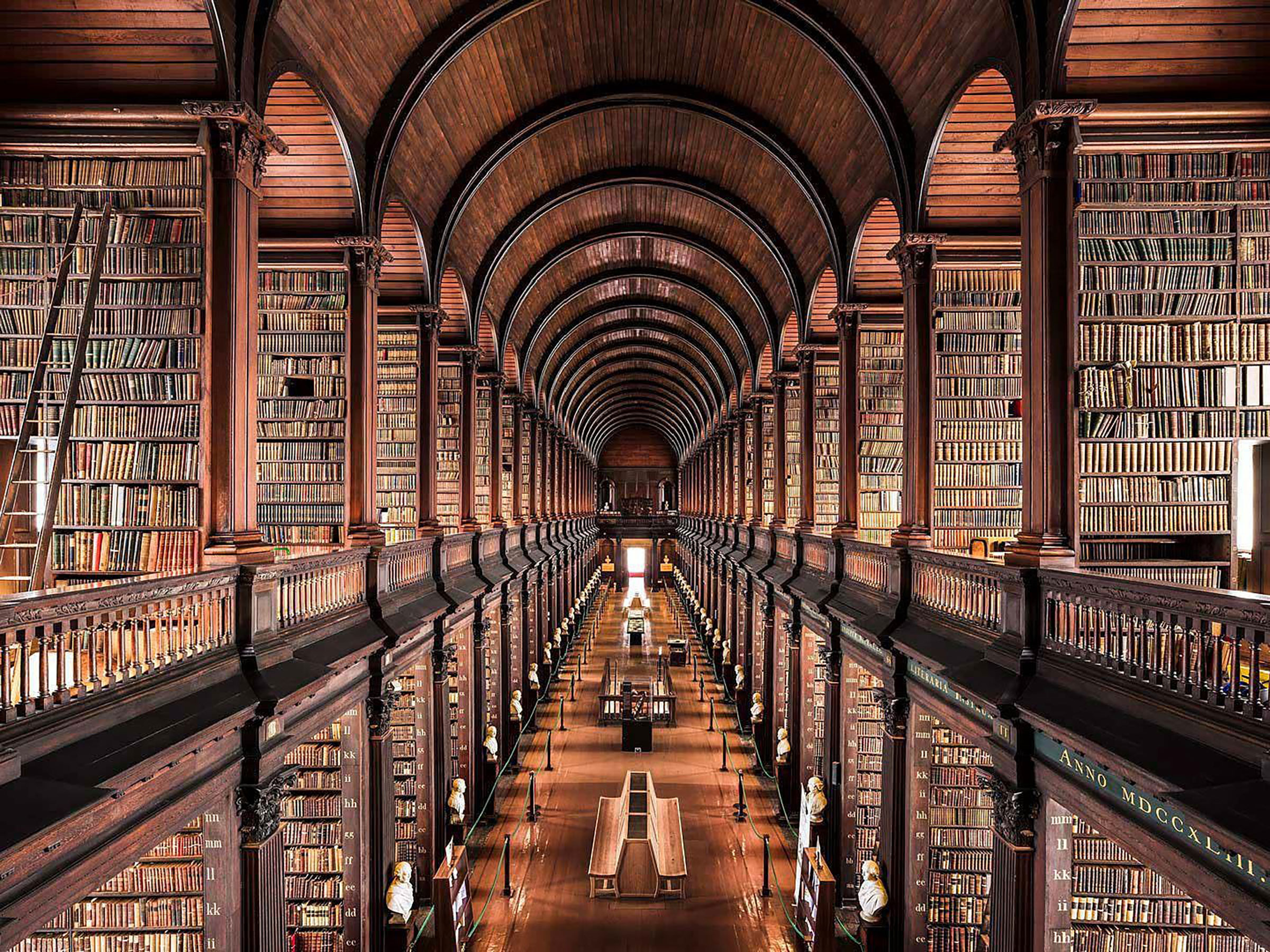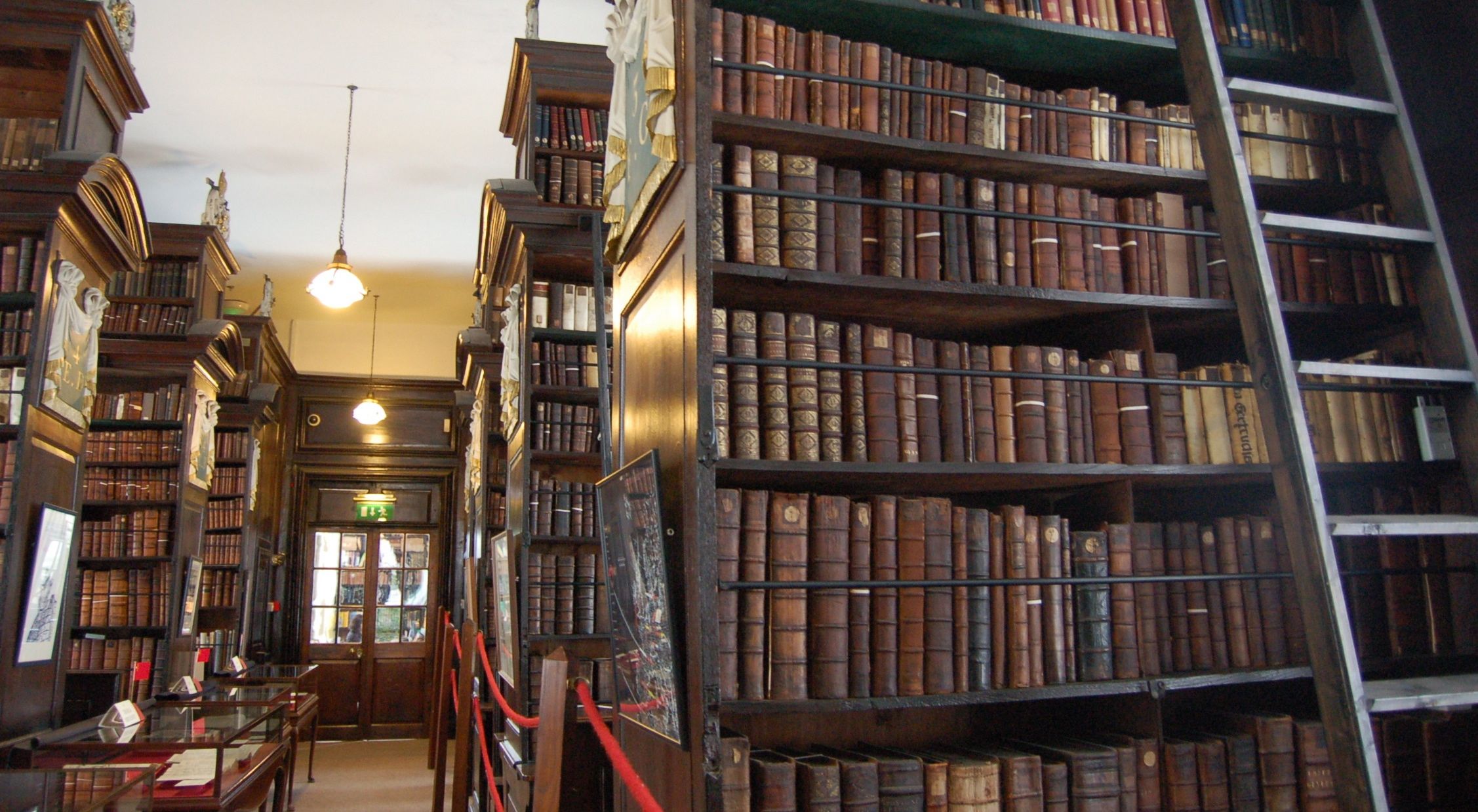


Ireland, with its stunning natural beauty, has a captivating history and vibrant legacy in culture including a strong literary heritage. This includes writers such as C. S. Lewis, Bram Stoker, Oscar Wilde, W. B. Yeats, Jonathan Swift, Seamus Heaney and James Joyce. And where there are writers, there’s books and books lead to libraries — so, there’s also a strong library history in Ireland. Here are some fascinating libraries found on the Emerald Isle.
The city of Armagh in Northern Ireland has great religious significance, as it’s where Saint Patrick founded his first church in Ireland. Today, Armagh is still the religious capital of Ireland for both the Roman Catholic Church and the Church of Ireland, and both denominations have a cathedral named after Saint Patrick. Armagh was also the home of an important pagan ceremonial site in ancient times, meaning that the city’s religious importance predates the arrival of Christianity. However, Armagh has another significant landmark, which is the Armagh-Robinson Library. Founded in 1771, the Armagh-Robinson Library is the oldest public library in Northern Ireland and today has a collection of over 43,000 books. This includes a rare first edition of Jonathan Swift’s Gulliver’s Travels, in which one can find notations from the author, angry over changes the publisher made without his permission. If your budget’s tight and travel is no where near your future, take the virtual tour.


The Linen Hall Library in Belfast, Northern Ireland, is the oldest library in the city. The library was founded in 1788, and —like many old libraries — had its origins in houses and taverns across Belfast until it found a semi-permanent home within Linen Hall. Linen was, and still is, a highly valuable Irish export, and Belfast’s linen hall was where merchants could buy and sell linen wares. Linen Hall was an incredibly important location in Belfast and the region of Ulster, and the library’s location at Linen Hall emphasized the importance of access to books. When Queen Victoria recognized Belfast as a city, it was decided that the new City Hall would be built on the land occupied by Linen Hall. As a result, the library moved into a building across the street from City Hall and has been there ever since.
Linen Hall has the largest Robert Burns collection outside of Scotland, and has a highly-renowned Northern Ireland Political Collection, which was begun during the worst of the Troubles that plagued Northern Ireland—Belfast in particular. The collection is unique because the librarians did not discriminate in what they collected, running the gauntlet from pamphlets, posters, newspapers to mugs, keychains, candles, and even some unusual items such as baby-bibs, lollipops, and jars of marmalade. However, what truly makes this collection stand out is that it includes items from all sides of the conflict: Catholic, Protestant, Unionist, Loyalist, paramilitary and government. This helps present an unbiased look at the Troubles, providing historians with a broader picture of this violent period in Irish history. Today, a majority of that collection can be viewed online at Divided Society.



Trinity College Library, located in Dublin, the Republic of Ireland, is home to the iconic Long Room. Trinity College was founded in 1592 by Queen Elizabeth I, and the world famous library is home to over 200,000 books — a collection that keeps growing. Trinity College is one of the few repositories that’s granted a copy of every single book published in the British Isles. The Long Room is 65 meters long, and was built between 1712 and 1732, with the upper gallery added in 1860. Trinity College Library is also home to several important Irish treasures including: 1916 Proclamation of Irish Republic, which is essentially the Republic of Ireland’s Declaration of Independence; Brian Boru’s harp, one of the few Gaelic harps left and the model for Ireland’s national symbol; and the Book of Kells, a ninth century illuminated manuscript that’s known for its traditionally Celtic designs.


Marsh’s Library is the oldest public library in the Republic of Ireland, and was founded in 1707 by Archbishop Narcissus Marsh. The library, which boasts over 25,000 books and 300 manuscripts, is located within the Saint Patrick’s Cathedral close in Dublin, Republic of Ireland. One of the library’s features includes three wire cages, where readers were locked into to read their books as a way to prevent theft. The library has had several notable patrons, but one of the most famous is Bram Stoker, the author of Dracula. It’s speculated that Stoker found inspiration to write his famous vampire novel at Marsh’s, as emphasized by his reading history — to include several books about Transylvania.
In 2015, Marsh’s Library launched its first crowdfunding campaign to raise money to conserve three important books from the collection — including one by Isaac Newton from 1686. Checkout Marsh’s #LetsLookAfterOurBooks video for a quick look at the library, learn about their conservation lab and see the three books they’re working to repair.

[INSERT_ELEMENTOR id=”112550″]
[INSERT_ELEMENTOR id=”112572″]